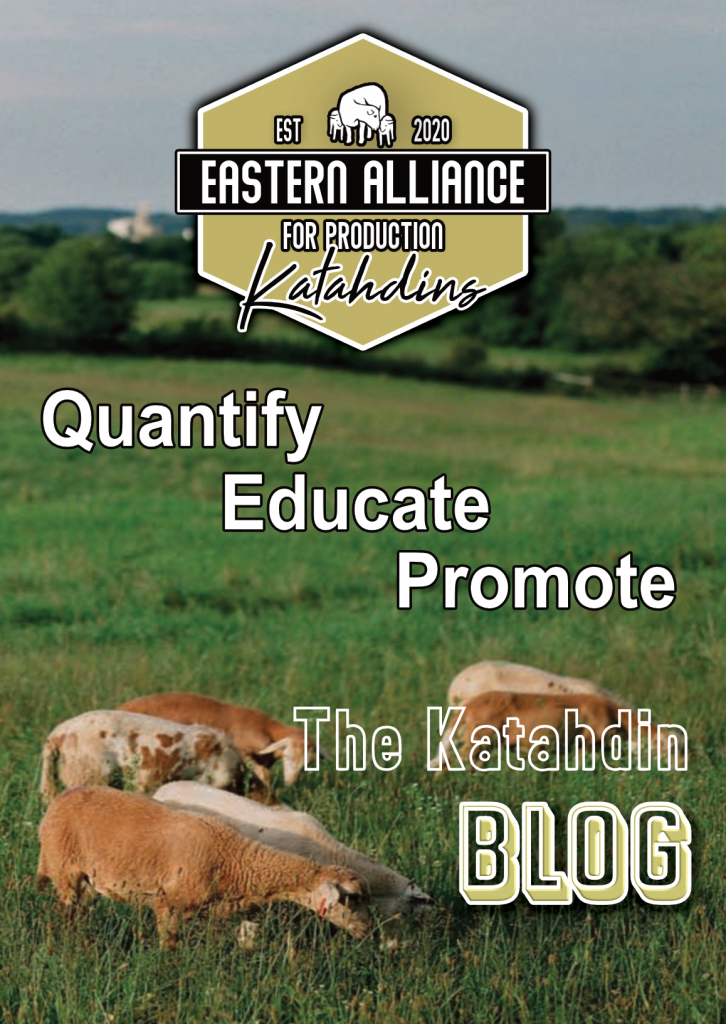Ovine Progressive Pneumonia (OPP)
Most shepherds have probably heard of OPP as it is one of the three diseases included in the biosecurity panels that many laboratories offer. The USDA Sheep 2001 study tested over 21,000 samples from 682 randomly selected flocks country wide to collect data on the prevalence of OPP. They found


